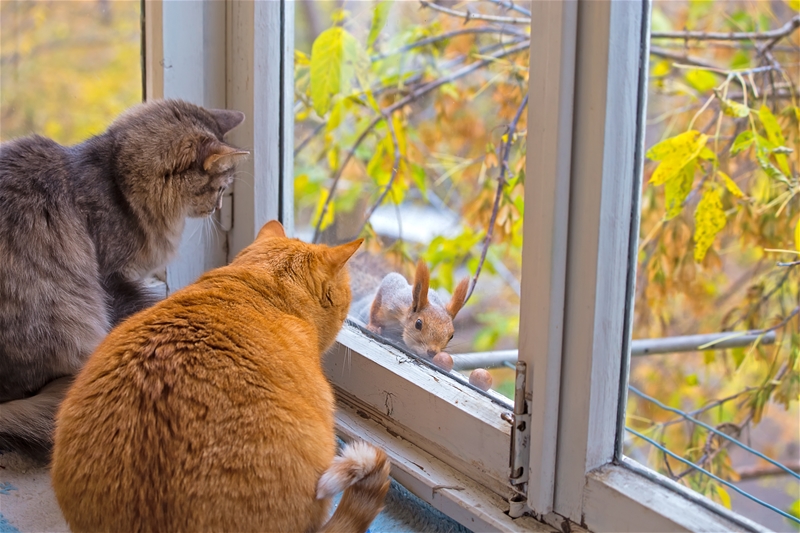For most people, it is only the most serious of situations that they notice a family cat is hurting. Evolution has  created a very high pain tolerance in cats, and their faces mask it well. This makes sense – pain is not a good thing when a predator, potential mate or upstart is approaching.
created a very high pain tolerance in cats, and their faces mask it well. This makes sense – pain is not a good thing when a predator, potential mate or upstart is approaching.
Pain is more than just the hurt. Pain encompasses the entire range of emotions and body. Pain is more about the way you feel than the way it feels. The feelings associated with pain are a part of it.
Many are familiar with the smiling face pain scale that goes from 1 – 10. This is a great scale for small children, those who cannot articulate speech and everyone in general. It is not very effective for pets, however.
Fortunately, there are other ways owners and vets can check for pain in pets. We look at behaviors.
Not too long ago, a panel of feline veterinarians came up with a list of signs as an indication of pain. If you see your cat suffering any of these, it is a good idea to get them to us as soon as possible for a thorough physical exam and treatment.
MOVEMENT – Difficulty jumping, won’t move, strange gait, lame movement
RESPONSES – Reaction to touch, less rubbing, growls, groans, tail flicks
ACTIVITY – Hiding, less play, decreased grooming, feeding changes
PHYSICAL – Weight shift, hunched posture, squinting, closed eyes, straining to urinate, low head posture, weight loss
This is not an all inclusive list and is certainly no substitution for a full veterinarian’s diagnosis. A strange gait, for example, could be a neurological issue. A change in dining habits and weight loss could be diabetes or other disease.
At Durham Animal Hospital, we believe the best way to care for pain in any pet is preemptive care with regular checkups, physicals and necessary shots. If you feel your cat or other pet is in pain, be sure to bring them in for a full examination. A round of pain management therapy may be all it takes to get your family cat back in full health.






